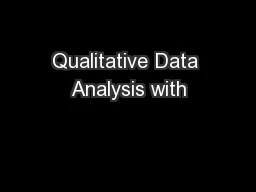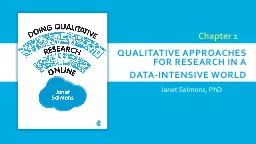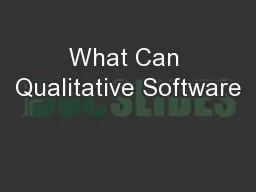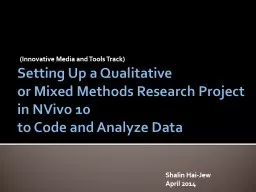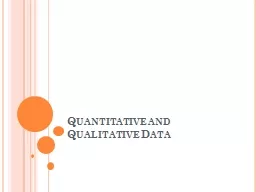PPT-Qualitative Data Analysis with
Author : alexa-scheidler | Published Date : 2017-10-27
NVivo 8 David Palfreyman Outline Qualitative data and how to analyze it Your data Nvivo 8 2 March 2007 David Palfreyman Types of qualitative data 2 March 2007
Presentation Embed Code
Download Presentation
Download Presentation The PPT/PDF document "Qualitative Data Analysis with" is the property of its rightful owner. Permission is granted to download and print the materials on this website for personal, non-commercial use only, and to display it on your personal computer provided you do not modify the materials and that you retain all copyright notices contained in the materials. By downloading content from our website, you accept the terms of this agreement.
Qualitative Data Analysis with: Transcript
Download Rules Of Document
"Qualitative Data Analysis with"The content belongs to its owner. You may download and print it for personal use, without modification, and keep all copyright notices. By downloading, you agree to these terms.
Related Documents

